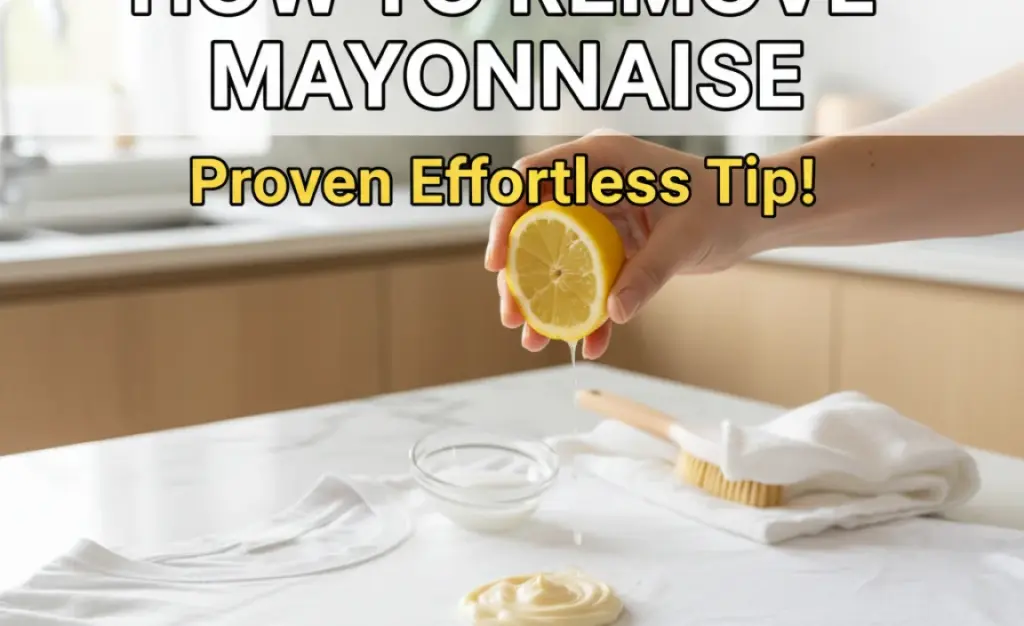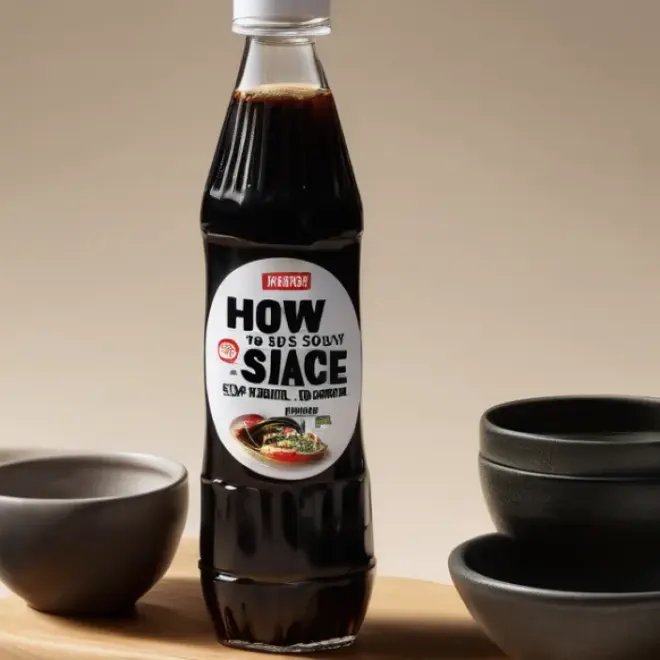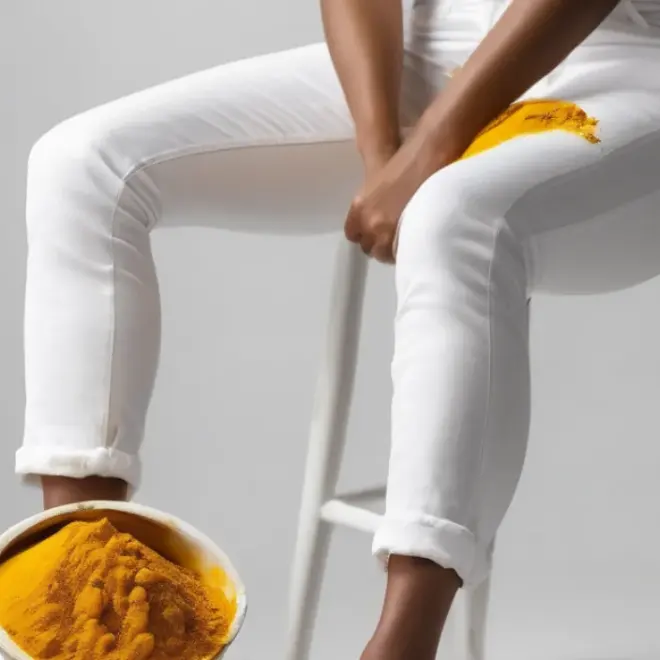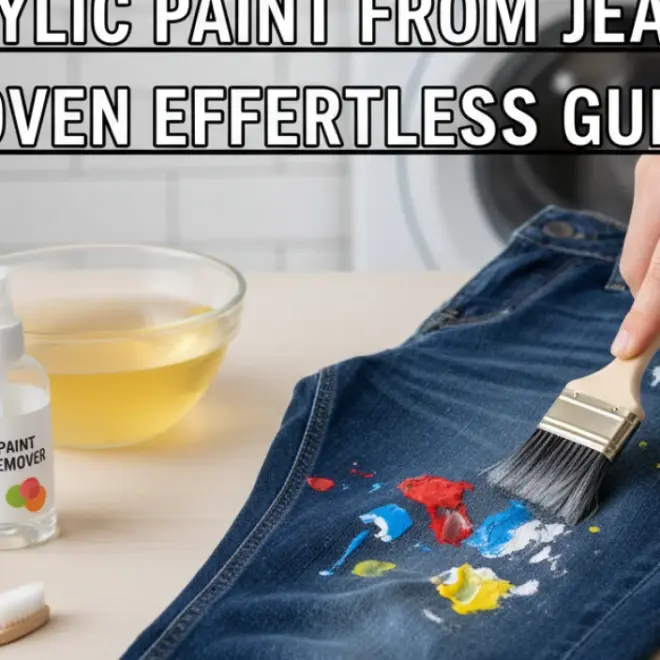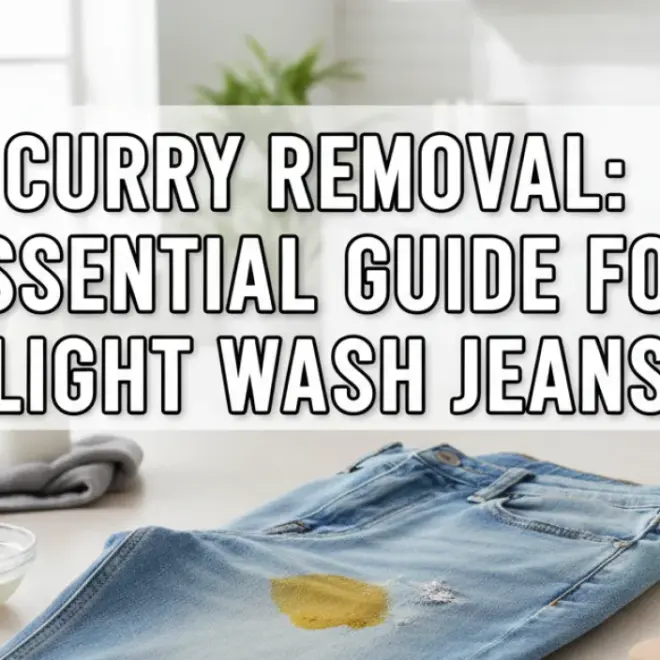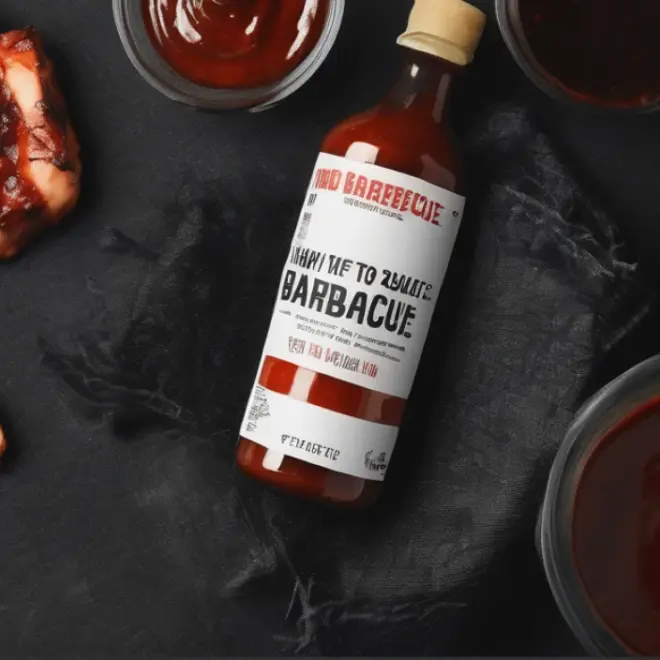Quick Summary
Easily remove mayonnaise stains from your favorite garments with a simple, effective method. This guide provides a step-by-step approach to tackle mayonnaise spills, ensuring your clothes look fresh and stain-free without harsh chemicals or complicated techniques. Get ready for effortless stain removal!
How to Remove Mayonnaise: Proven Effortless Tip!
Accidents happen, and sometimes that delightful dollop of mayonnaise lands right where it shouldn’t – especially on light-colored clothing like your favorite jeans. A mayonnaise stain might seem daunting, with its oily and eggy components, but don’t fret! With the right approach, you can tackle this common laundry mishap quickly and effectively. This guide will walk you through a straightforward, proven method to lift mayonnaise stains, leaving your fabrics looking as good as new.
We’ll cover everything from immediate action tips to the best techniques for treating the stain, ensuring you feel confident in restoring your clothes. Let’s get those annoying mayonnaise spots gone!
Understanding Mayonnaise Stains
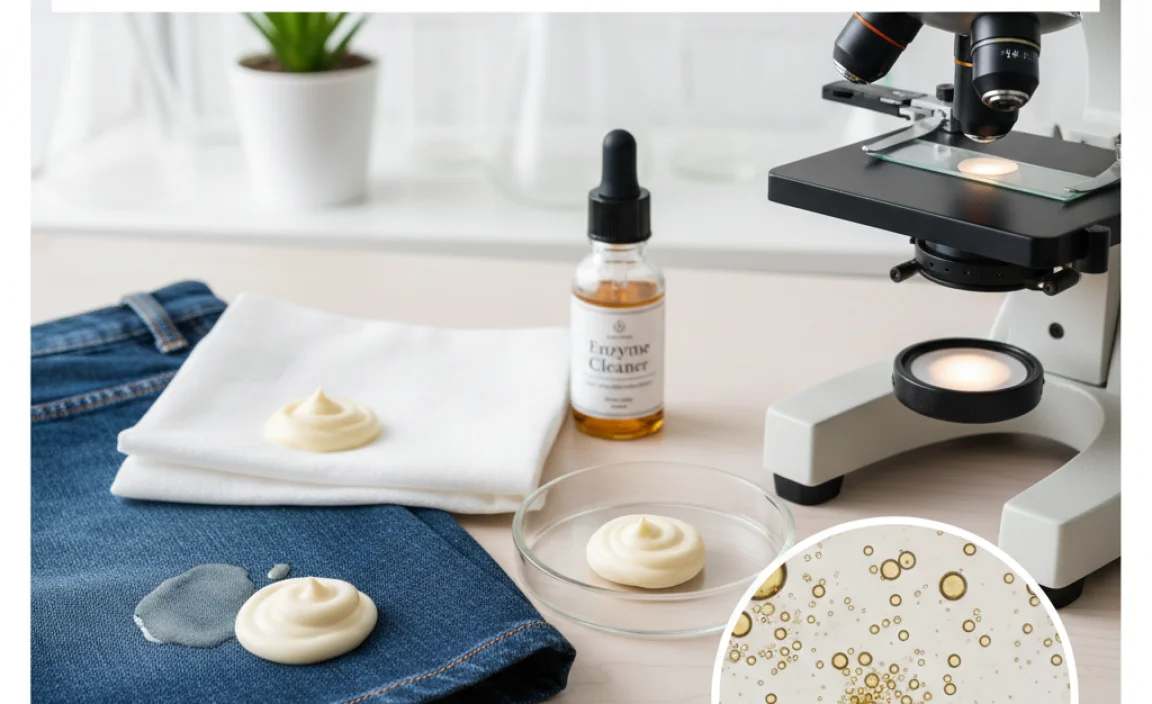
Mayonnaise is a culinary staple made from oil, egg yolk, vinegar or lemon juice, and seasonings. This unique blend creates a stain with multiple components that can make it tricky to remove:
- Oil: The primary ingredient in mayonnaise, oil is a greasy substance that can soak into fabric fibers, leaving behind a dark, stubborn mark.
- Egg Yolk: Egg yolk contains proteins and fats that require specific treatment to break down and lift from the fabric.
- Acids (Vinegar/Lemon Juice): While helpful in the flavor, these can sometimes set stains if not handled correctly.
The key to successfully removing mayonnaise stains lies in addressing both the oily and protein elements of the stain. Acting quickly is also crucial, as fresh stains are far easier to remove than those that have had time to set into the fabric.
The Proven Effortless Tip: Step-by-Step Guide
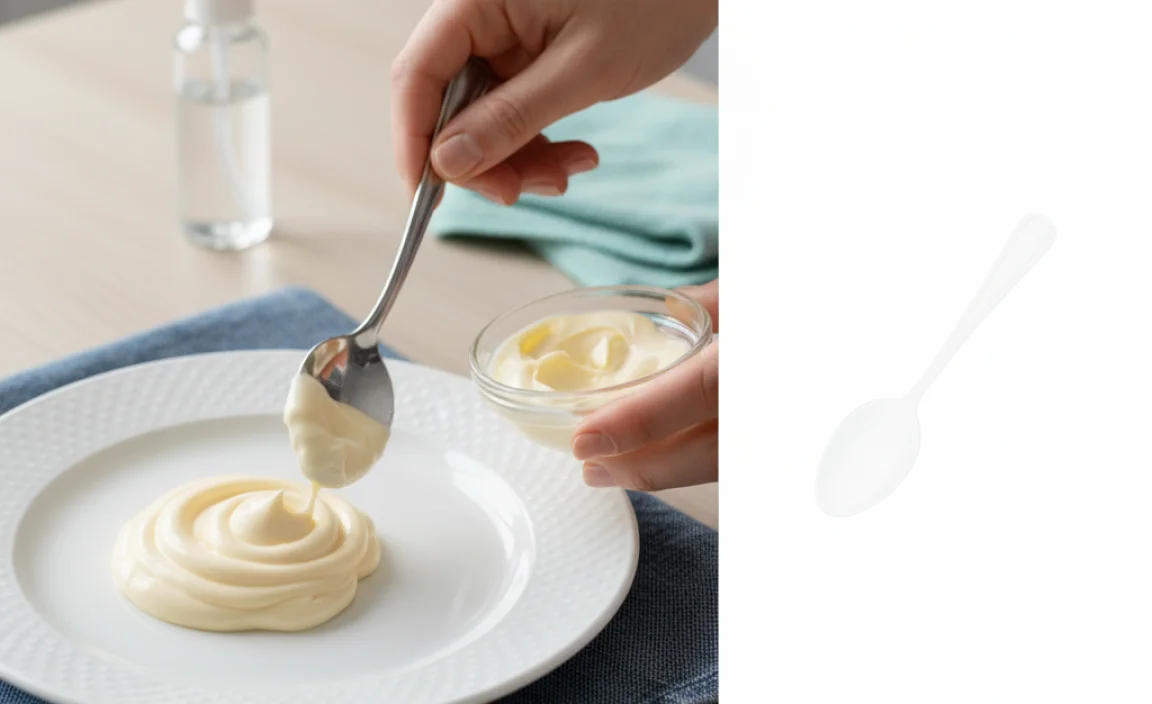
This method focuses on a gentle yet effective approach, perfect for beginners and suitable for most fabrics, including the specific challenge of “how to remove mayonnaise from light wash jeans.”
Step 1: Act Quickly and Scrape Off Excess
The moment you notice a mayonnaise stain, it’s time to act. Don’t rub the stain, as this can push the oily components deeper into the fabric. Instead, use a dull knife, the edge of a spoon, or a credit card to gently scrape away as much of the excess mayonnaise as possible.
Why this is important: Removing the bulk of the mayonnaise before applying any cleaning agent prevents spreading the stain and makes the subsequent steps more effective.
Step 2: Pre-treat with Dish Soap
For oily stains, dish soap is your best friend. It’s specifically designed to cut through grease and oil. Apply a small amount of liquid dish soap directly to the stained area.
- Choose a clear or blue liquid dish soap. Avoid colored soaps that might transfer dye to your light-colored fabric.
- Gently rub the dish soap into the stain with your fingers or a soft brush (like an old toothbrush). Work it in from the outside of the stain towards the center.
- Let it sit for 5-10 minutes to allow the soap to break down the oil.
Tip: Ensure the dish soap has time to penetrate the stain. This pre-treatment is vital for tackling the greasy nature of mayonnaise.
Step 3: Rinse with Cool Water
After the dish soap has had a chance to work, rinse the stained area thoroughly with cool water. Rinse from the back of the fabric. This helps to push the stain out of the fibers rather than further in.
Important Note: Always use cool water, especially when dealing with potential protein stains like those from egg yolk. Hot water can cook the protein and set the stain permanently.
Step 4: Apply a Stain Remover (Optional but Recommended)
For more stubborn stains, or if you want an extra boost, apply a pre-wash stain remover. Look for one that is safe for colors and effective on grease and protein stains.
- Follow the product’s instructions carefully. Some require rubbing in, others just need brief contact.
- If you don’t have a commercial stain remover, a paste of baking soda and water can also be used as a gentle abrasive and absorbent.
You can learn more about stain removal techniques for various fabrics from resources like the American Cleaning Institute, a trusted source for cleaning knowledge.
Step 5: Launder as Usual (with a Caution)
After pre-treating, wash the garment in your washing machine. Use your regular detergent and the warmest water setting that is safe for the fabric. For light wash jeans, a warm cycle is typically appropriate.
Crucial Check: BEFORE you put the garment in the dryer, inspect the stained area carefully. If any trace of the stain remains, do NOT put it in the dryer. The heat from the dryer will set the stain permanently. If the stain is still visible, repeat the pre-treatment steps.
Step 6: Air Dry or Confirm Stain Removal
If the stain is completely gone, you can either air dry the garment or tumble dry it according to its care label. Air drying is always a safer bet until you are absolutely certain the stain has been vanquished.
If you’re unsure, air drying allows you to re-inspect the garment in natural light once it’s dry. If a faint shadow of the stain is still there, you can try another round of treatment.
Specific Considerations for Light Wash Jeans
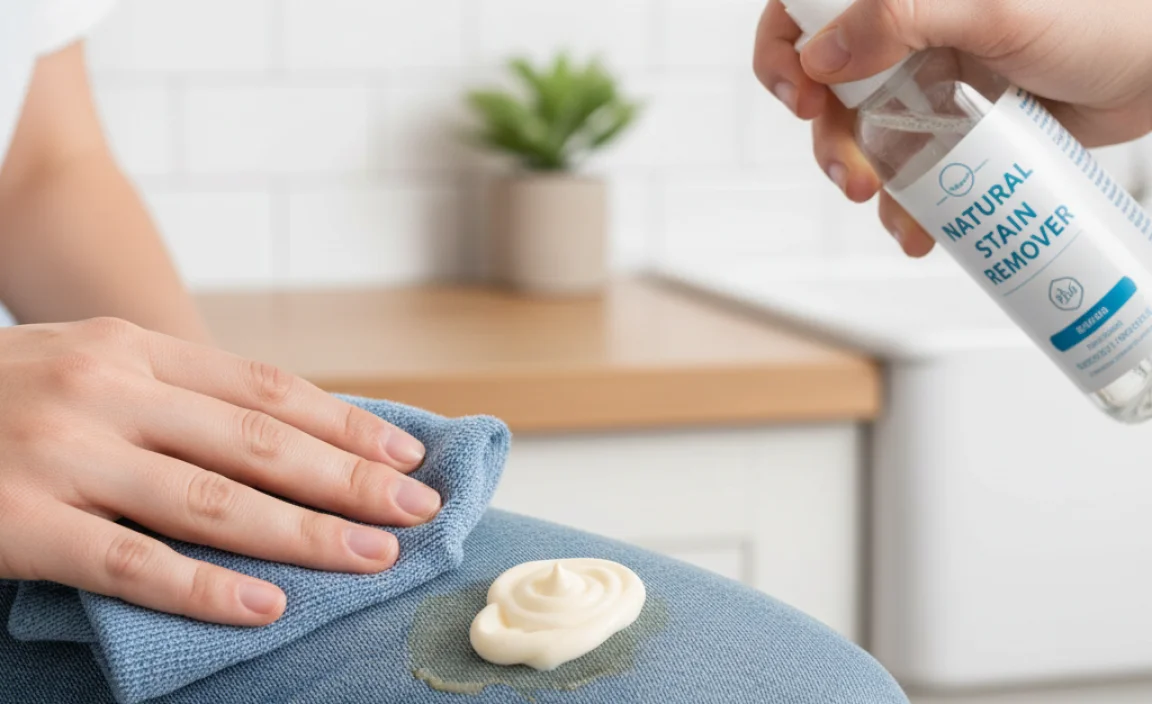
Light wash jeans can be more sensitive to harsh treatments and may show stains more prominently. The method outlined above is excellent for them, but keep these points in mind:
- Fabric Blend: Most jeans are cotton, sometimes with a little stretch (e.g., elastane or spandex). The dish soap and gentle pre-treatments are generally safe.
- Color Bleeding: While light wash jeans are less prone to bleeding, it’s always wise to test any cleaning solution on an inconspicuous area first if you’re concerned.
- Fading: Avoid abrasive scrubbing or strong bleaching agents that could further lighten or damage the denim wash. The dish soap method is gentle enough to preserve the wash.
When to Call in the Professionals
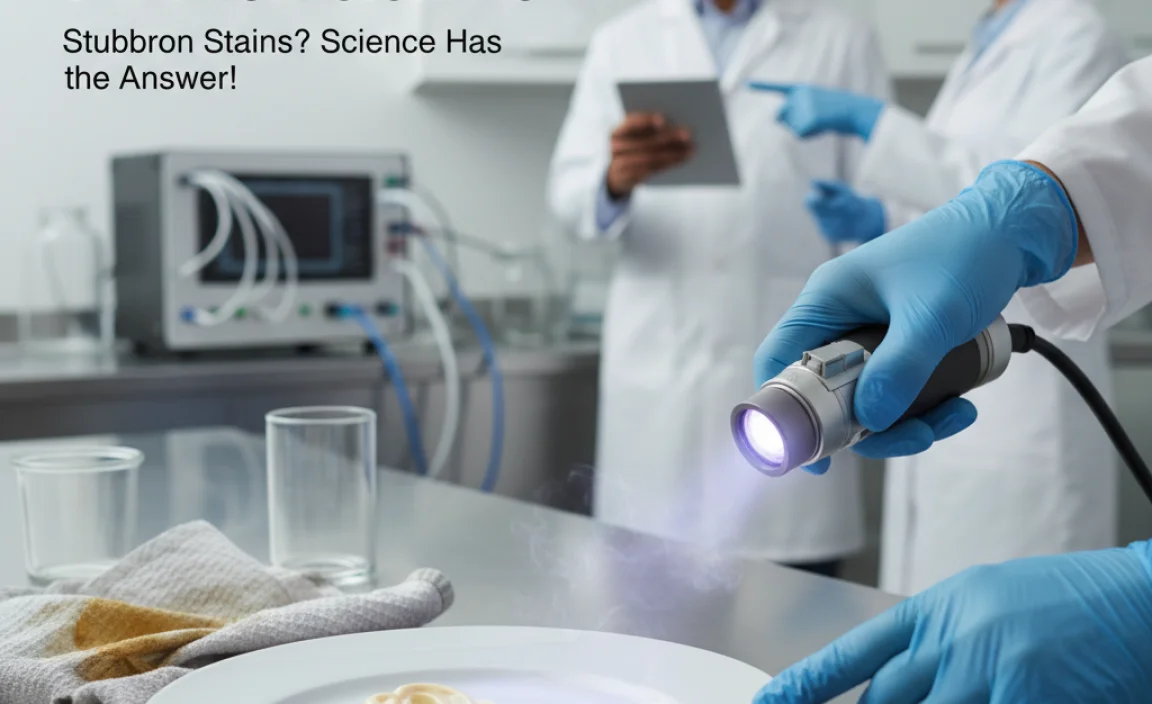
For delicate fabrics, antique garments, or extremely stubborn stains that don’t respond to home treatment, consider consulting a professional dry cleaner. They have specialized solvents and techniques that can often remove stains safely.
Frequently Asked Questions About Mayonnaise Stains
Q1: How quickly should I treat a mayonnaise stain?
The sooner, the better! Fresh mayonnaise stains are much easier to remove than dried-in ones. Aim to treat it within a few hours of the spill.
Q2: Can I use hot water to remove a mayonnaise stain?
No, never use hot water on a mayonnaise stain, especially on light wash jeans. The heat can set the protein in the egg yolk, making the stain permanent. Always start with cool or lukewarm water.
Q3: Will dish soap really get rid of the oily part of the stain?
Yes! Dish soap is specifically formulated to break down grease and oil, which are key components of mayonnaise. It’s a highly effective and readily available solution.
Q4: What if the stain is old and dried on?
For older, dried stains, you may need to let the dish soap or stain remover sit for a longer period (up to 30 minutes) before gentle rubbing and rinsing. You might also need to repeat the entire washing process if the stain is particularly stubborn.
Q5: Are there any fabrics that mayonnaise stains are particularly hard to remove from?
Highly absorbent fabrics or those with open weaves can be more challenging. Natural fibers like silk or wool might also require more delicate treatment or professional cleaning. For everyday fabrics like cotton and denim, the method described here is usually very effective.
Q6: Can I use bleach on a mayonnaise stain on light wash jeans?
It’s best to avoid chlorine bleach on light wash jeans unless the care label specifically permits it. Bleach can further lighten the fabric unevenly or damage the fibers. Oxygen-based bleaches are generally safer for colors but should still be used with caution and tested first.
Tools and Supplies You Might Need
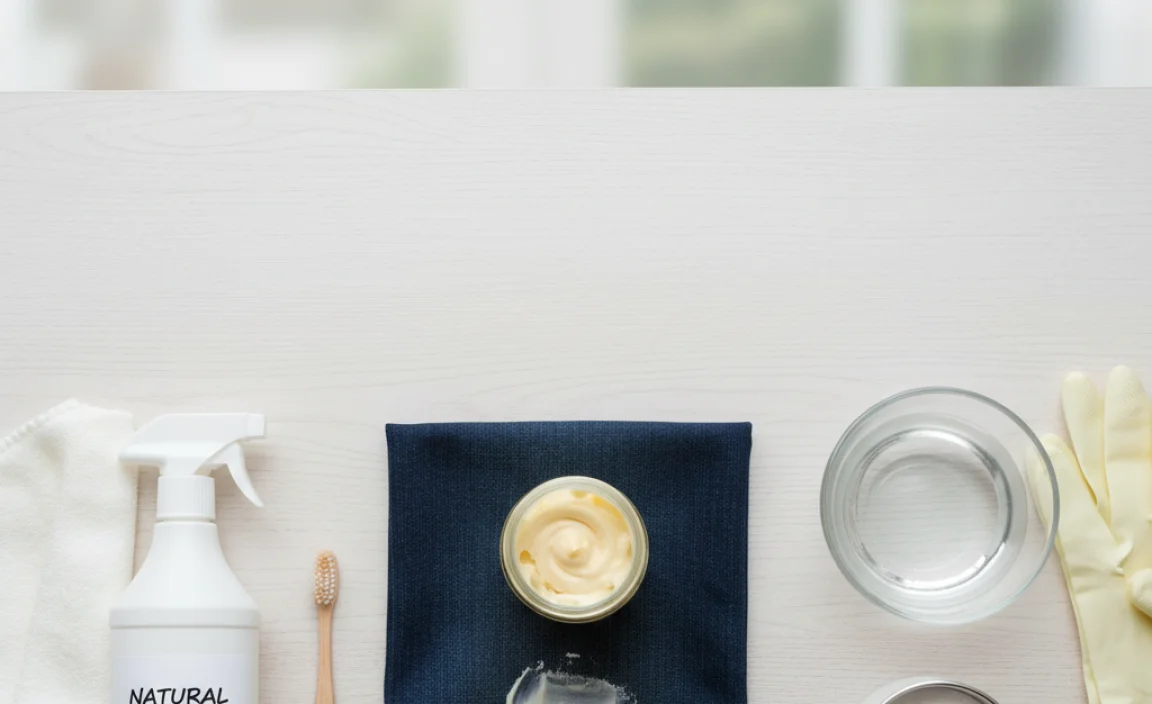
Here’s a quick rundown of what can help you in your mayonnaise stain removal battle:
| Item | Purpose | Notes |
|---|---|---|
| Dull Knife/Spoon/Credit Card | Scraping off excess mayonnaise. | Avoid sharp objects that could damage fabric. |
| Liquid Dish Soap | Breaking down the oil and grease. | Clear or blue variety is best for light colors. |
| Soft Brush (e.g., old toothbrush) | Gently working soap into the stain. | Use a gentle touch. |
| Cool Water | Rinsing the stain. | Essential to avoid setting protein stains. |
| Pre-wash Stain Remover | Boosting stain removal power. | Choose one suitable for grease and protein. |
| Washing Machine | Washing the garment after treatment. | Use appropriate cycle and temperature. |
| Drying Rack or Clothesline | Air drying the garment. | Safer than a dryer until stain is confirmed removed. |
Conclusion
Mayonnaise stains, especially on treasured items like light wash jeans, can cause a moment of panic. However, with the simple, fact-based strategy detailed in this guide, you possess the knowledge to tackle them effectively. By acting quickly, scraping away excess, pre-treating with dish soap, rinsing with cool water, and then washing, you can dramatically improve your chances of complete stain removal. Remember the critical step of checking the fabric before drying to avoid a permanent set. This effortless method is designed to give you confidence and keep your clothes looking their best, proving that even sticky situations can be resolved with the right approach.


